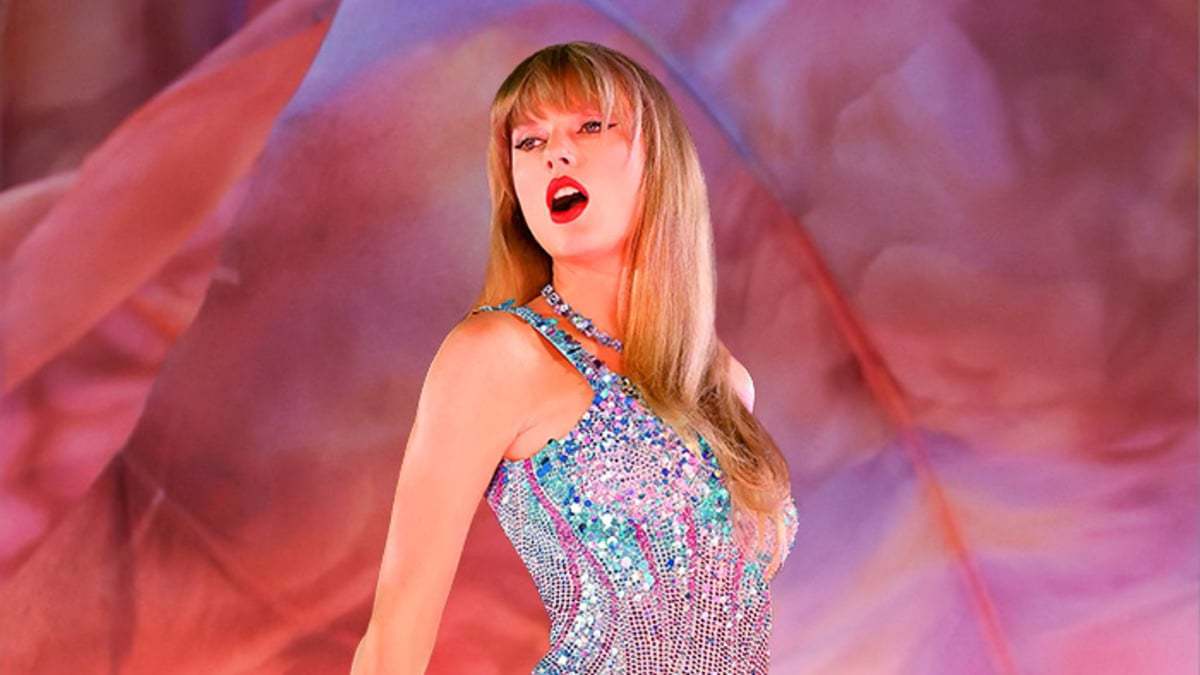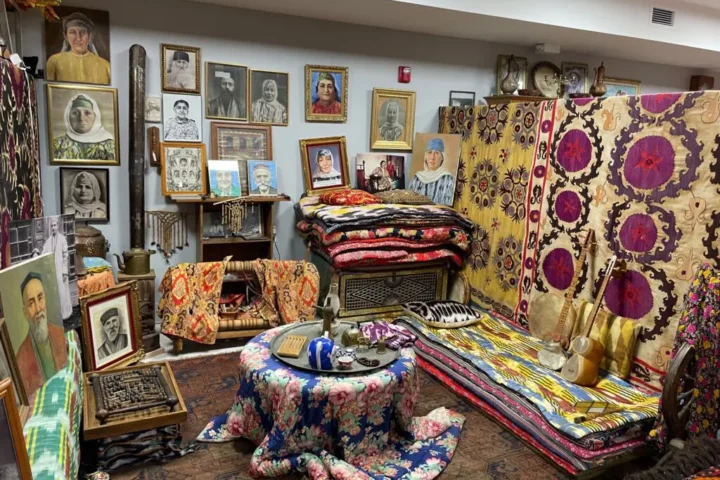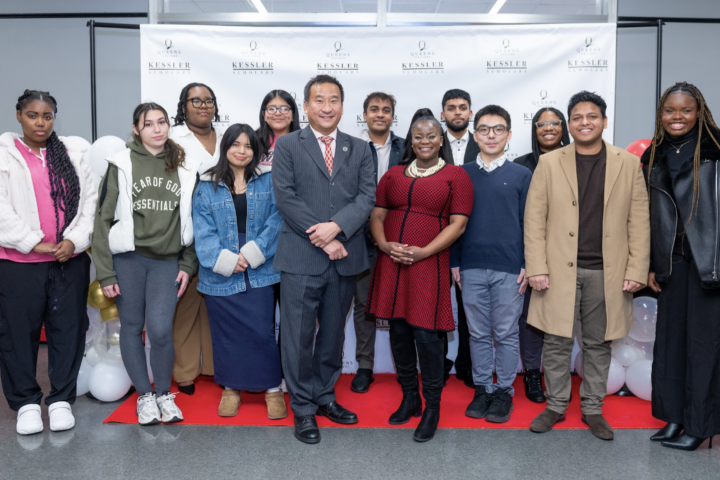Just months after Taylor Swift’s record-breaking “Eras Tour” debuted in Glendale, Arizona, the acclaimed concert performance became accessible to fans on a budget — “Taylor Swift: The Eras Tour Movie” premiered in theaters on Oct. 13. As expected, tickets sold out in a heartbeat. Less foreseeable, however, was that I — someone who respects Swift’s artistry but is by no means a “Swiftie” — was one of the first purchasers.
On the morning of Aug. 31, I rushed to the AMC website and waited in line to purchase a ticket, securing a rare spot in the comfortable middle-back of my local theater for the mere price of $19.89 (a clever nod to Swift’s “1989” album). A month and a half later, I found myself sitting in a theater among dozens of merchandise-clad, friend-bracelet-wearing young women, all of us ready to finally experience the concert that had taken the media by storm in previous months. I, for one, was not left disappointed, and the fierce roar of applause following the movie’s completion signaled to me that I was far from alone.
The concert intentionally sends viewers through a whirlwind of emotions, playing on fans’ nostalgia with familiar sing-along favorites from Swift’s earlier works while also calling on a myriad of more nuanced sentiments with a sweeping variety of songs from her more recent albums. Her 10-minute acoustic performance of “All Too Well” is downright heart-wrenching and achieved a new level of emotional intimacy amidst the dozens of fans sitting with me in the darkness of the theater, each of them clinging tightly onto every word she sang. Her performance of “Vigilante Sh*t” — a hypnotic chair dance executed while singing from the perspective of an incensed mistress recalling her revenge on her former lover — pays homage to the dance style of Bob Fosse and is especially reminiscent of “Cell Block Tango” from “Chicago” both in theme and choreography. Though Swift may not always succeed on the dance floor (there was some noticeably awkward sashaying in her “Fearless” and “1989” performances), this particular performance was undoubtedly enrapturing and was executed with impeccable fluidity. The film also features a particularly touching moment in which Swift gifts her black “22” fedora to Bianka Bryant, daughter of late basketball player Kobe Bryant — as she hugs Bryant tightly and kisses her on the cheek, it seemed as though the whole theater came together in a collective, “aw.”
Unfortunately, the camerawork in the film is somewhat inconsistent in quality, often cutting to unnecessary angles during intricate dance numbers, leaving viewers longing to see the stage in its entirety. Still, at times, it works to accentuate the emotions in the stadium — notably, during the introduction to “Look What You Made Me Do” from “reputation,” the camera swivels around Swift as she melodramatically reaches out her arms and claws at the air, amplifying the sadistic villainous quality that best characterizes the song and the majority of the album.
While most of the movie’s setlist matched that of previous performances, the variable factor in the concert was the acoustic set, featuring two “surprise songs” that change with every night that Swift performs. The two songs that performed on the night that the film was recorded were “Our Song” and “You’re On Your Own, Kid,” respectively taken from her self-titled debut album and her most recent studio album, “Midnights.” It feels especially fitting that the pair of surprise songs reaching the widest audience of fans serve to represent the full arc of her career — from the lighthearted romantic daydreams of a sixteen-year-old country singer to a powerful introspection about growing up and the memories made along the way by a mature woman in her thirties.
Though I am no stranger to Swift’s popular discography and even to some of her lesser known selections, there are quite a few songs on the setlist that I had not heard at all before watching the movie, namely some from sister albums “folklore” and “evermore,” allowing me to evaluate those performances while uniquely untethered to my own biases. The staging for “tolerate it” from “evermore” is especially poignant, featuring Swift and a male dancer sitting on opposite ends of a long dining table, symbolic of the distance between them that Swift attempts to bridge as she crawls atop the table and makes her way towards him, never quite getting all the way across. However, a few other performances are less engaging and seem particularly reliant on fans knowing all of the lyrics, such as “marjorie” from “evermore” and “the 1” from “folklore.”
Unlike those of the sister albums, the vast majority of Swift’s performances are upbeat and high-spirited, featuring ornate and flashy sets with dozens of back-up dancers in practically as many different outfits as Swift herself. Swift ends her show with a performance of “Karma,” during which she and her back-up dancers sport sparkling outfits and red-bottomed Louboutin boots as she sings euphorically about the cosmic justice that has and always will put her on top, even as “so many fade.”
Despite the seemingly never-ending slew of spectacles in her concert, Swift does not lean on glittered designer costumes or dynamic dance numbers as the backbone of her show; rather, the essence of her performance lies in her unparalleled charisma and masterful control over her audience. In the first few minutes of the show, she flexes her biceps in slow-motion as the audience gears up for a performance of “The Man” — she knows that they will jump and cry out in anticipation, and she uses that knowledge to its fullest potential, drawing out every word and dramatically pausing between sentences to heighten the tension even further.
But the key to Swift’s charm is her ability to balance playful demonstrations of confidence with heartfelt displays of humility and gratitude. She gapes in awe as the audience gives a minutes-long standing ovation for her performance of “champagne problems,” a wide, child-like smile lingering on her face the entire time; her audience knows that she takes none of her acclaim for granted, and for that reason, they keep on applauding.











